by Judy Endow
Lots of people like to eat out. I do, too. Because of my sensory sensitivities, I have learned to reduce certain input to the best of my ability in restaurants so as to better enjoy the experience.
Every first Friday of the month, I am part of a group of seven women who go out to eat. We are all moms of children with autism ranging in age from 13 to 30-something. Most of us have served on autism-related boards together over the years. Each month we choose a new restaurant. No matter where we go, we are the table of people who laugh the most!
It is impossible to control for all sensory sensitivities at a restaurant. However, I have learned to scan the place and figure out what I can do to make it the best experience possible. A recent gathering was wonderful because the restaurant was spacious with plenty of room between tables, very few diners, soft lighting, soft music and chairs with arms. The perfect sort of place for me!
When the atmosphere isn’t so perfect, I ask for a booth if the place has booths. A booth ensures that nobody will walk behind me surprise me. A tall-backed booth greatly cuts down the noise. If a booth is not available, I ask to be seated along the perimeter of the dining room.
If there is any sort of blinking lights, TVs or lots of movement, I know I will get dizzy. Chairs with arms are great to help me stay anchored. Even if I don’t get dizzy, I often have trouble feeling where my body is located in crowded noisy places. If I don’t have a chair with arms, I will find something to lean at least one side of me against – wedge in with the table or, if in a booth, lean against a willing friend.
There usually isn’t much a person can modify about lights in a restaurant, but I try to avoid down lights if at all possible. Sitting on the perimeter of the dining room helps reduce the noise input. There is not the surround sound with a wall behind you!
Friends will often suggest I use my earplugs in a restaurant. I realize they have never tried wearing earplugs while eating! It magnifies the noise of your chewing so much that is nearly impossible to eat. I control for whatever I can in a given environment and then do my best to cope with the rest. Sometimes I do better than at other times.
One time I was on a trip with friends. Each morning we ate breakfast in the hotel dining room before setting out for the day. One particular morning, I couldn’t make up my mind about what to order. The waitress came back several times to see if I was ready to order. My thoughts were “sticky,” meaning I would get part way through a thought of what to order and then lose the thought, only to have it butt in on the next thought that involved the next menu item. It was frustrating. I know it made me look like I needed lots more help than I actually did.
When the waitress returned once again and I still did not have my order ready, I wanted her to understand that I wasn’t trying to be difficult and blurted out as way of explanation, “I am really not as stupid as I look!”
The waitress acted all flustered. I felt bad because I had no negative intent towards her – just wanted to offer an explanation of sorts about my situation. In retrospect, I should have left well enough alone, but wanting to smooth over the situation when the waitress was apologizing and saying she didn’t mean to rush me, I very supportively replied, “Oh, don’t worry about it. I know that you are probably not as smart as you look either.”
I tell this story so that you can know that our good intentions are not always conveyed by the word choices that come out of our mouths. This is especially true when we are on sensory overload or having trouble with movement in our thoughts or in our bodies. Please remember – we are doing the best that we can, given the neurology of our autism.
BOOKS AND DVD BY JUDY ENDOW
Endow, J. (2012). Learning the Hidden Curriculum: The Odyssey of One Autistic Adult. Shawnee Mission, KS: AAPC Publishing.
Endow, J. (2006). Making Lemonade: Hints for Autism’s Helpers. Cambridge, WI: CBR Press.
Endow, J. (2013). Painted Words: Aspects of Autism Translated. Cambridge, WI: CBR Press.
Endow, J. (2009). Paper Words: Discovering and Living With My Autism. Shawnee Mission, KS: AAPC Publishing.
Endow, J. (2009). The Power of Words: How we think about people with autism spectrum disorders matters! Shawnee Mission, KS: AAPC Publishing.
Endow, J. (2009). Outsmarting Explosive Behavior: A Visual System of Support and Intervention for Individuals With Autism Spectrum Disorders. Shawnee Mission, KS: AAPC Publishing.
Endow, J. (2010). Practical Solutions for Stabilizing Students With Classic Autism to Be Ready to Learn: Getting to Go. Shawnee Mission, KS: AAPC Publishing.
Myles, B. S., Endow, J., & Mayfield, M. (2013). The Hidden Curriculum of Getting and Keeping a Job: Navigating the Social Landscape of Employment. Shawnee Mission, KS: AAPC Publishing.

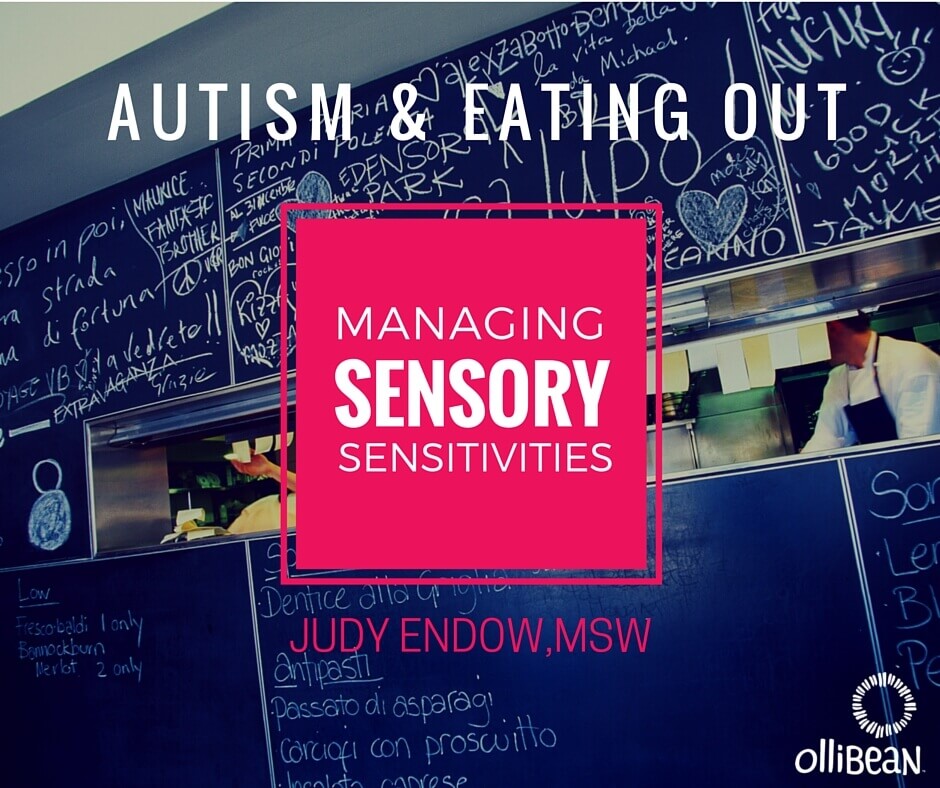
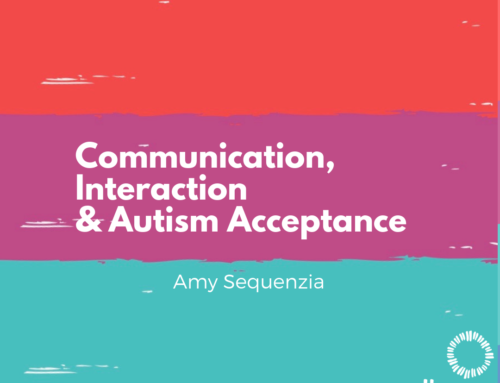
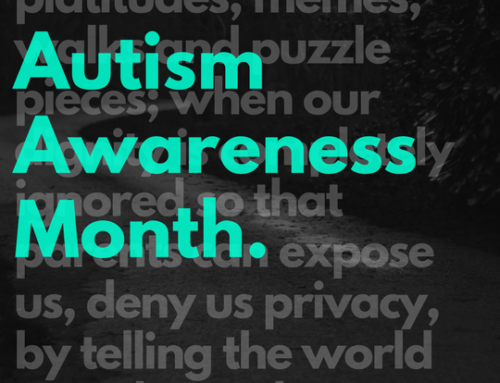

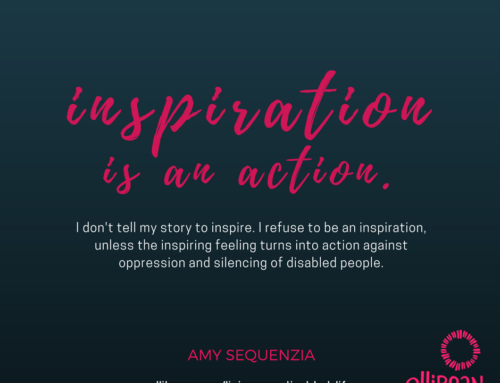
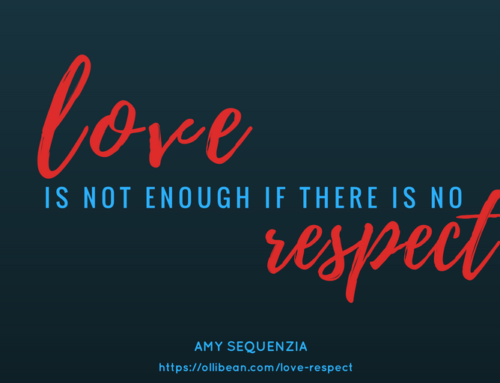
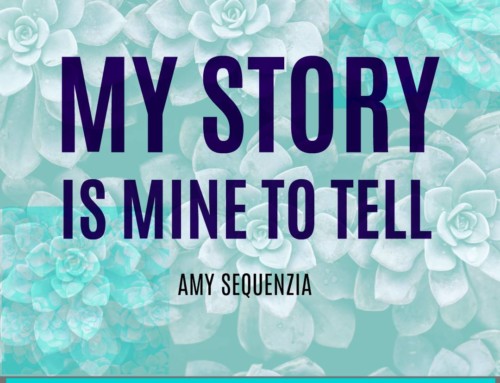
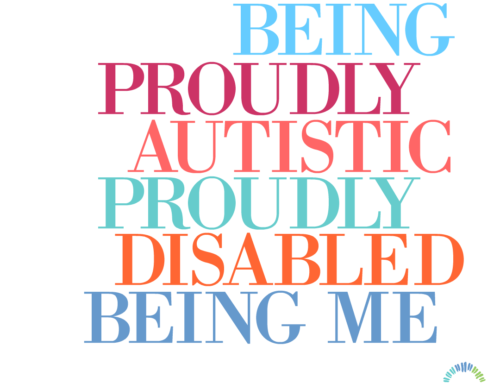
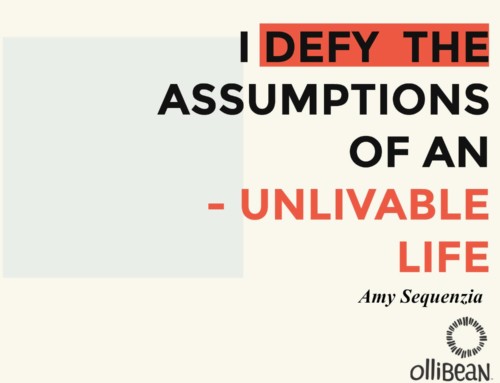
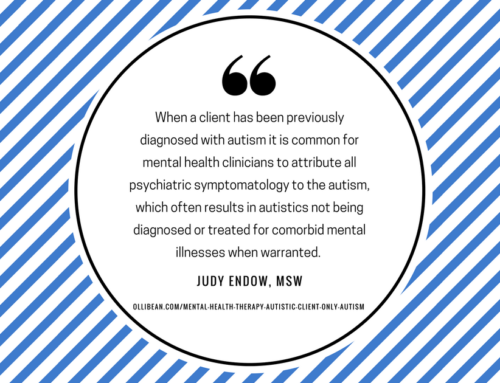


Thank you for sharing with others who might not get it.. Myself being one of those who don’t get it but, I’m determined to do whatever i can to make everyday life easier for my grandson to navigate.
I’m finding it to be a little over whelming trying to figure out what is bothering him sometimes and reading articles/stories like yours is refreshing and so very helpful. So I thank you, from the bottom of my heart.